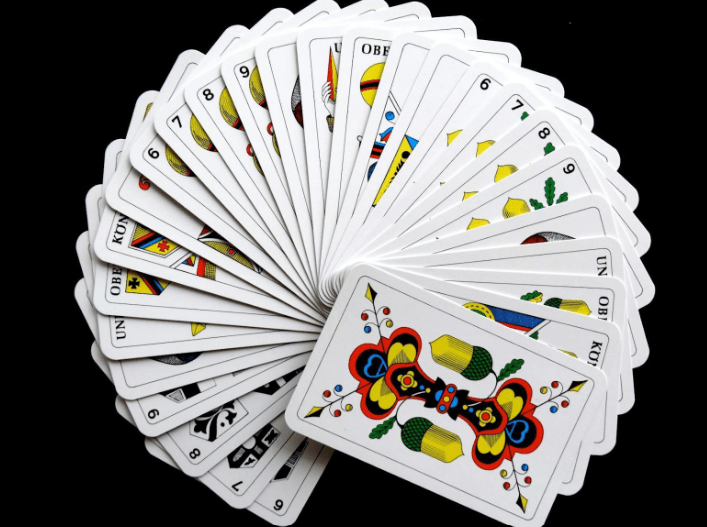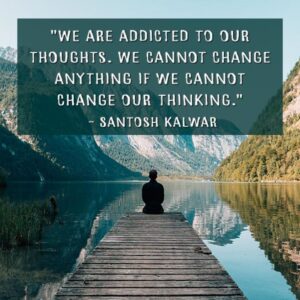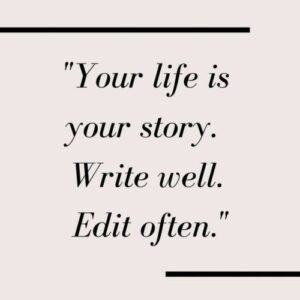Between the morning rush, endless notifications, and the hum of daily obligations, it’s easy to miss the quiet voice within. Yet beneath the surface of our thoughts—beneath to-do lists, laundry cycles, and social media scrolls—our subconscious is always speaking. It nudges us through feelings, symbols, patterns, and passing thoughts that often go unnoticed.

This inner world holds more wisdom than we give it credit for. When we learn how to tune in, even briefly, we begin to notice what’s really driving our choices, our emotions, and our sense of direction.
The Hidden Messages We Overlook in Everyday Life
Have you ever felt a pull towards something without knowing why? Or experienced a dream that stayed with you long after waking? The subconscious has its own language. It doesn’t communicate through logic or linear explanation—it whispers through mood, sensation, and repetition.
Often, we miss these messages because they don’t announce themselves. A sudden sense of unease when saying yes to something. A mental image that returns again and again. Or a habit we can’t explain, yet repeat daily. These are small breadcrumbs left by deeper layers of the mind, trying to guide us towards alignment, rest, or resolution.
Busy lives rarely leave space for this kind of noticing. But when we slow down, we realise we’ve been gathering insights all along—we just haven’t had the time, or quiet, to make sense of them.
Tools for Reflection: Symbolism, Pattern, and Intuition
There’s no single way to understand the subconscious, but certain tools can help us access its quieter messages. Patterns are often a good starting point. What are the emotional themes repeating in your life? Are there symbols that keep appearing in your dreams, conversations, or even in media you’re drawn to?
These aren’t coincidences—they’re reflections of deeper thoughts waiting to be acknowledged.
Sometimes, it helps to have something external to mirror our internal state. Visual cues or interpretive practices can support reflection when our own thoughts feel too tangled. That’s where techniques like journaling, dream tracking, or even seeking online tarot card readings come into play. These tools don’t provide direct answers, but they offer a framework through which to interpret the emotional landscape within.
More than anything, they encourage presence. They ask you to pause and consider what your inner voice has been trying to say all along.
Creating Space for Clarity: Quiet Practices for Daily Insight
Understanding your subconscious doesn’t require hours of meditation or drastic life changes. Often, it begins with a few small habits that help bring awareness to your internal state.
One of the simplest practices is to set aside just five quiet minutes each day—no phone, no pressure, no agenda. This pause acts as a clearing ground, allowing thoughts and feelings to rise to the surface without judgment. You don’t need to do anything with them. Just notice what comes up.
Writing down thoughts before bed can also offer clarity. Not a formal journal entry—just a stream of whatever’s lingering. You might be surprised how much insight lives in those late-night scribbles.
Gentle walks without music, conversations where you really listen to yourself, or even choosing to sit with a strong emotion instead of pushing it away—these are the small, often overlooked actions that build emotional fluency. Over time, they create space for your inner world to speak more clearly and more often.
Listening Inward, Living Outward
So much of motherhood, work, and everyday life asks us to stay focused outward—on care, responsibility, and action. But the more we reconnect with our internal world, the better we navigate the outer one. It’s not about having all the answers. It’s about asking different questions and recognising when something within us already knows the direction to take.
Whether through mindful routines or reflective practices like online tarot card readings, the goal isn’t prediction—it’s presence. It’s about listening when your inner world has something to say and trusting that what’s beneath the surface often holds more truth than the noise above it.



